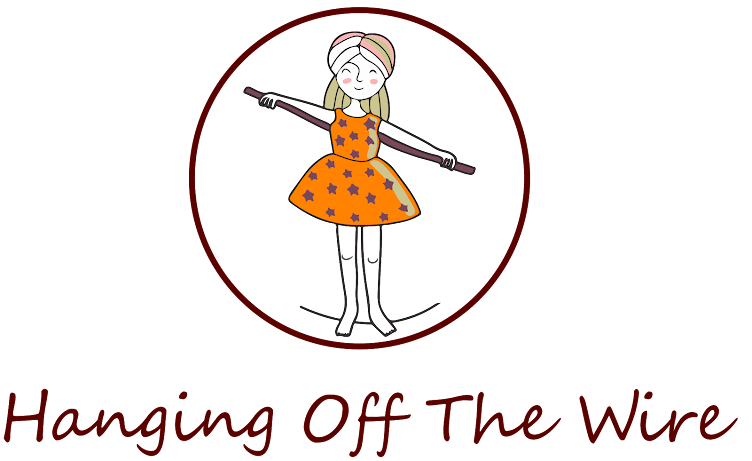Midlife Crisis Begins in Kindergarten…
with labels such as ADD, ADHD, slow, dyslexic, learning disabled, just average, and even gifted!
Did you know that midlife crisis begins in kindergarten? Yes, it's true! It is in kindergarten (and sometimes in preschool!) that our society begins the process of teaching children that they are not smart enough, not quick enough, not working to potential, not high enough on the bell curve, not as good as the next guy...just plain not measuring up!
Midlife Crisis is the term we use to indicate a trauma experienced in the middle years —usually having to do with the question, “What am I doing with my life?” There are stories of extreme reactions that all of us have heard: like the guy who is a doctor, quits one day, and goes to live in the woods; as well as less dramatic cases like the financial consultant who enters the ministry.
There is nothing wrong with changing careers. But we don’t say midlife celebration, we say midlife crisis! Crisis, because this time is often associated with feelings of unhappiness and confusion. Some people choose to “run away.” Others are afraid to change anything, then believe for the rest of their lives that they have been short changed. These are the people who say in later years, If only . . . or I missed my chance to . . .
And, so, we have books such as Do What You Love, The Money Will Follow by Marsha Sinetar, How To Find Your Mission In Life by Richard Bolles, Life Launch by Hudson and McLean . . . the theme being that if you knew what you were meant to do in the world, you would have a purpose, which leads to fulfillment, happiness, and good relationships.
How do we figure out our purpose? Look at your natural talents and interests, the books say. Many include self-assessments to help you figure out what you love, just in case you don’t know anymore.
When children start school they bring their natural talents and gifts with them. Instead of encouraging these, the first thing we do is teach them to put their interests on hold. We begin early the process of hiding the clues, the keys to our adult lives. We begin attaching labels: slow, average, ADD, LD . . . Years later the potential scientists or artists or teachers have the seeds buried so deeply they can no longer remember what set them on fire. And they need a book or a therapist to help them rediscover who they are.
I have a sign in my office that reads, “It is better to build children than repair adults.”
We need to pay attention to the child who needs to drum on the desk, the one who memorizes better when shooting baskets, the one who is interested in rocks. We need to stop labeling children as dysfunctional and start labeling the positives: keeps excellent rhythm, very coordinated, a whiz at the computer, great rapport with animals, natural comedian! Children who grow up learning about their own talents and styles become confident adults who achieve dreams and are enthusiastic about lifelong learning.
Remember the old saying, “An ounce of prevention is worth a pound of cure”? We can give children the right start by respecting each one’s unique learning needs. For those of us who are already grown up, see you at the bookstore!
Get your free copy of the eBook version of Midlife Crisis Begins in Kindergarten when you sign up for our newsletter: www.learningsuccessinstitute.com
For a personalized education option go to www.solimaracademy.com
To find out your children’s learning styles go to www.learningstyleprofile.com.
To find out your personal success styles go to www.personalsuccessprofile.com
©2011 by Mariaemma Pelullo-Willis, M.S., Learning Style Specialist for School & Life Success, co-author Discover Your Child’s Learning Style & Midlife Crisis Begins in Kindergarten, m@mariaemmawillis.com, 805-648-1739






No comments:
Post a Comment
Thank you so much for taking the time to comment! I LOVE comments! :)